What if...
IF WE ALL LIVED AT THE POPULATION DENSITY OF MANHATTAN...
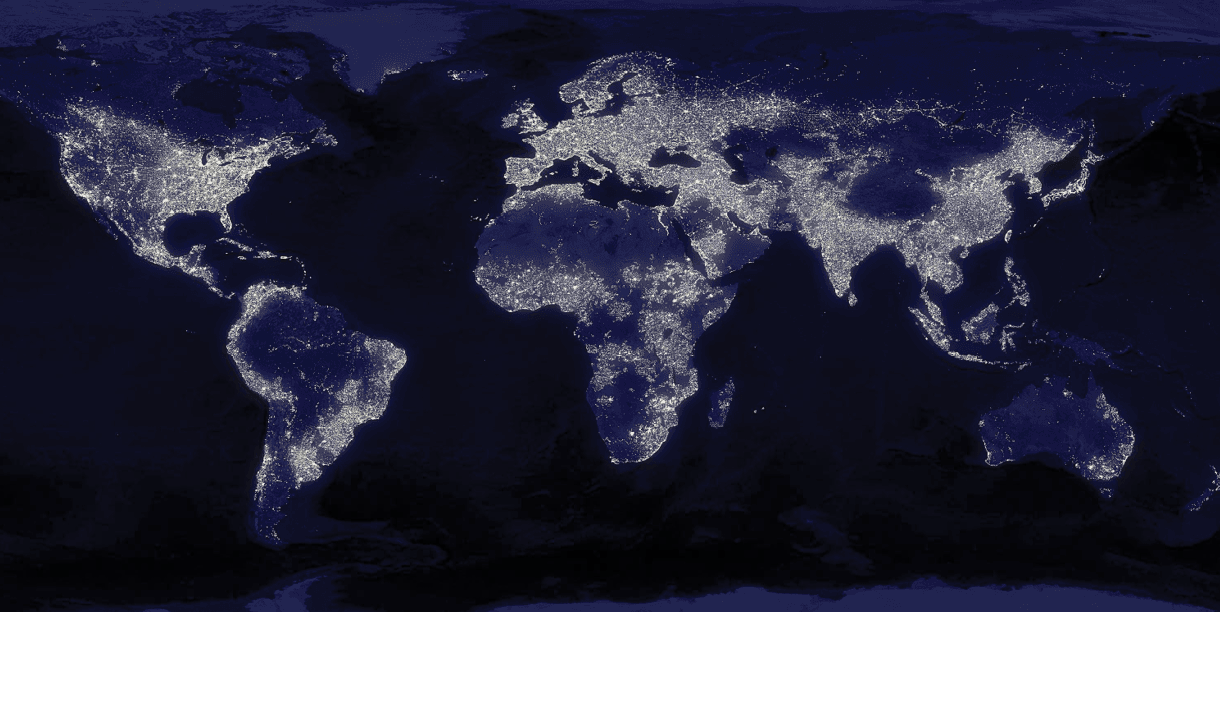
HOW MUCH SPACE WOULD 8 BILLION PEOPLE TAKE UP?
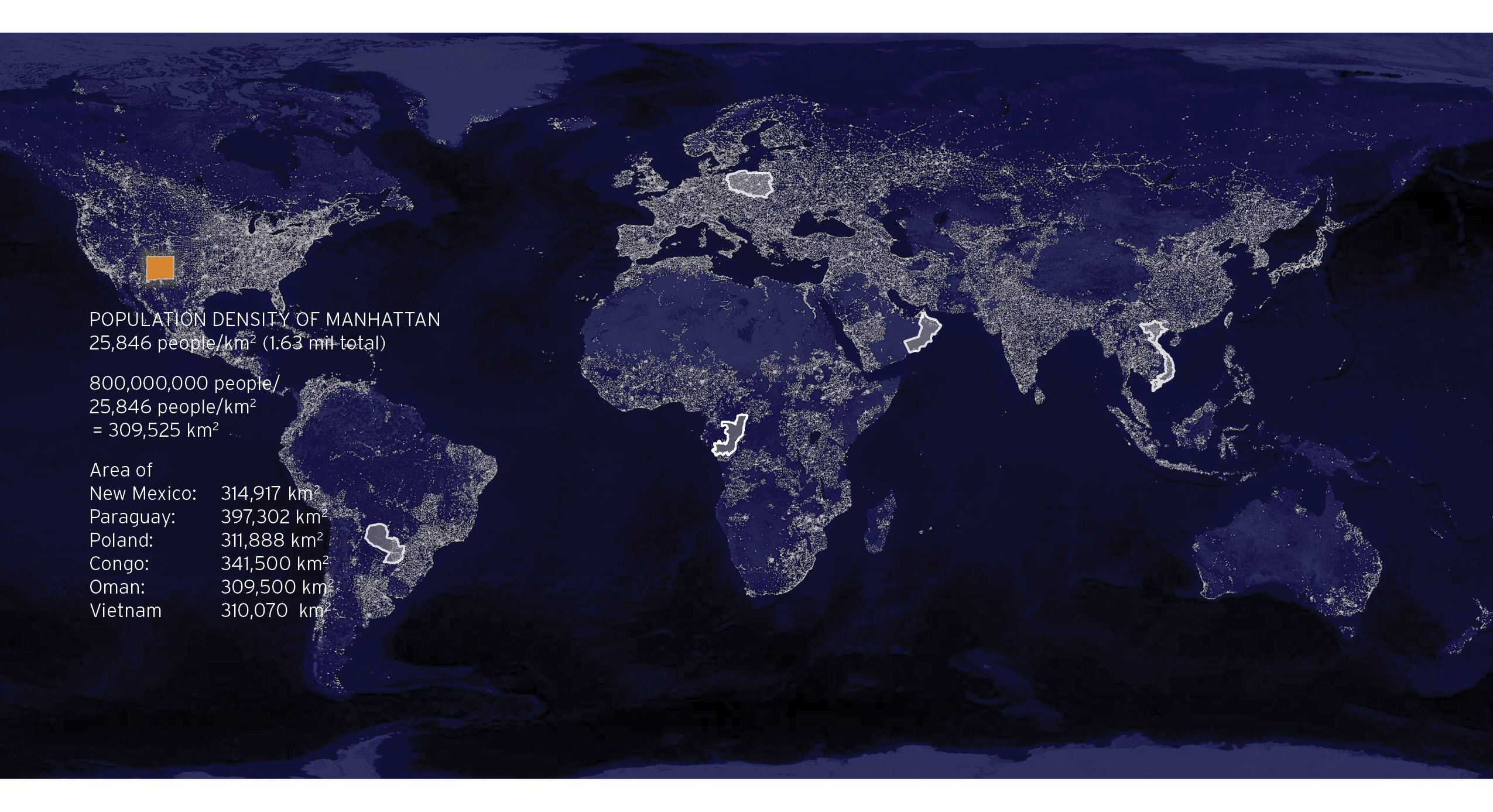
WE COULD ALL FIT INTO THE STATE OF NEW MEXICO.... OR THE COUNTRY OF PARAGUAY, POLAND, THE REPUBLIC OF CONGO, OMAN, OR VIETNAM.
IS THIS A QUESTION OF ONLY POPULATION, OR ALSO LAND-USE AND RESOURCE CONSUMPTION? CAN WE IMAGINE REARRANGING THE LIGHTS?
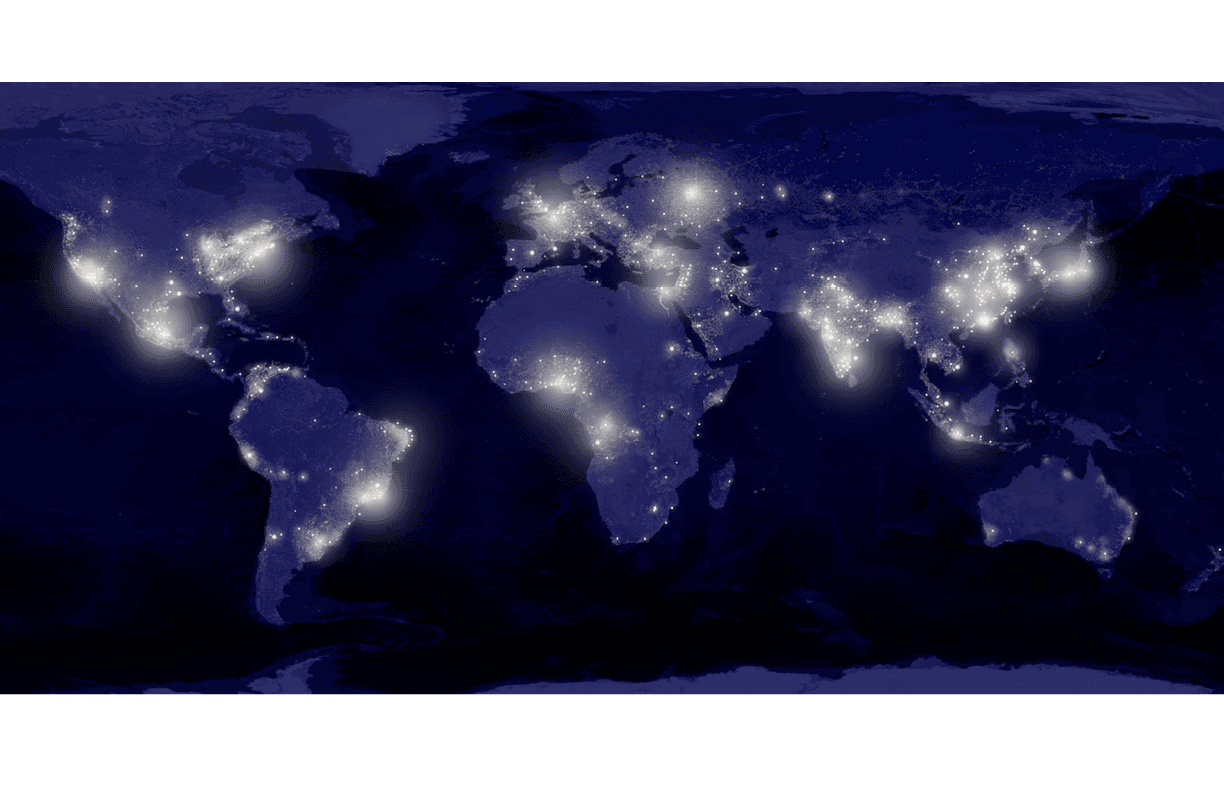
CAN WE ENVISION A MAP THAT SHOWS A FUTURE THAT BALANCES OUR NEEDS WITH THE NEEDS OF THE PLANET?
- satellite image from NASA, photo illustration by What Is Missing? Foundation.
SPRAWL UP
- REVITALIZE CITIES WITH SUSTAINABLE ADAPTIVE REUSE
- EMBRACE URBAN INFILL DEVELOPMENT
- SPRAWL UP, NOT OUT, WITH VERTICAL DENSITY
"CITIES CURRENTLY CONSUME TWO-THIRDS OF THE GLOBAL ENERGY SUPPLY AND GENERATE THREE QUARTERS OF THE WORLD'S GREENHOUSE-GAS EMISSIONS"

“One of the most effective ways to cut the carbon emissions of cities [is] to stop the relentless expansion of urban sprawl by promoting infill housing, the carefully planned creation of extra housing in underutilized parts of cities to reduce car dependence and improve the efficiency of infrastructure and energy use.”
Source: “A Key to Controlling Emissions: More Buildings in a City’s Unused Spaces “ New York Times. 09/19/2022. “Why Cities?” C40 <c40.org/why-cities> | Image: Tokyo at Night. LuxTonnerre, CC BY 2.0 <https://creativecommons.org/licenses/by/2.0>, via Wikimedia Commons
AMERICANS TEND TO THINK OF DENSE CITIES AS DESPOILERS OF THE NATURAL LANDSCAPE, BUT THEY ACTUALLY HELP TO PRESERVE IT.
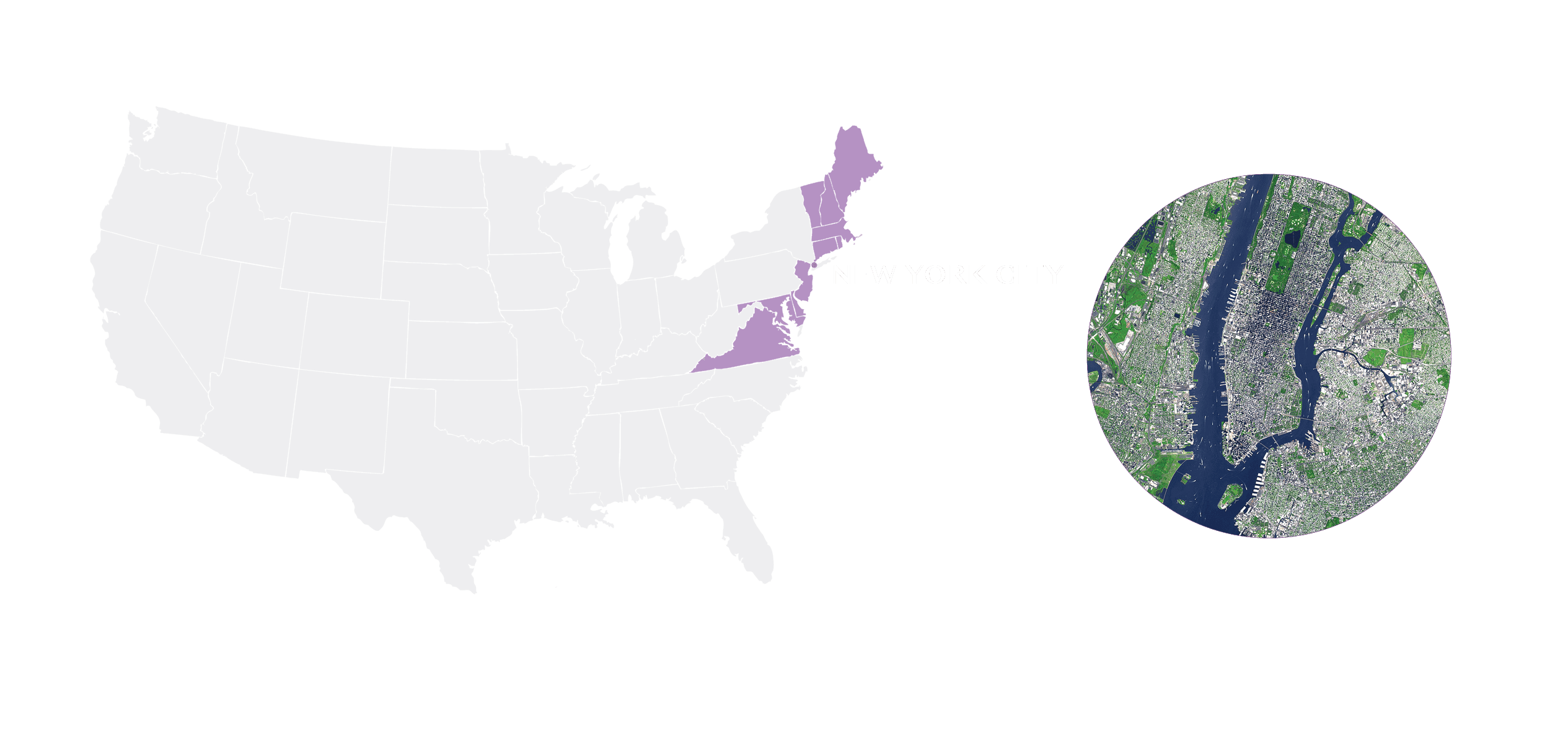
If you spread all 8.5 million New York City residents across the countryside at the population density of Vermont, you would need a space equal to the land area of the six New England states plus New Jersey, Delaware, Maryland, and Virginia.
Source: ”The Greenest Places in the U.S. May Not Be Where You Think” David Owen, Yale Environment 360, 10/26/2009.
DENSE CITIES ARE BETTER FOR THE ENVIRONMENT
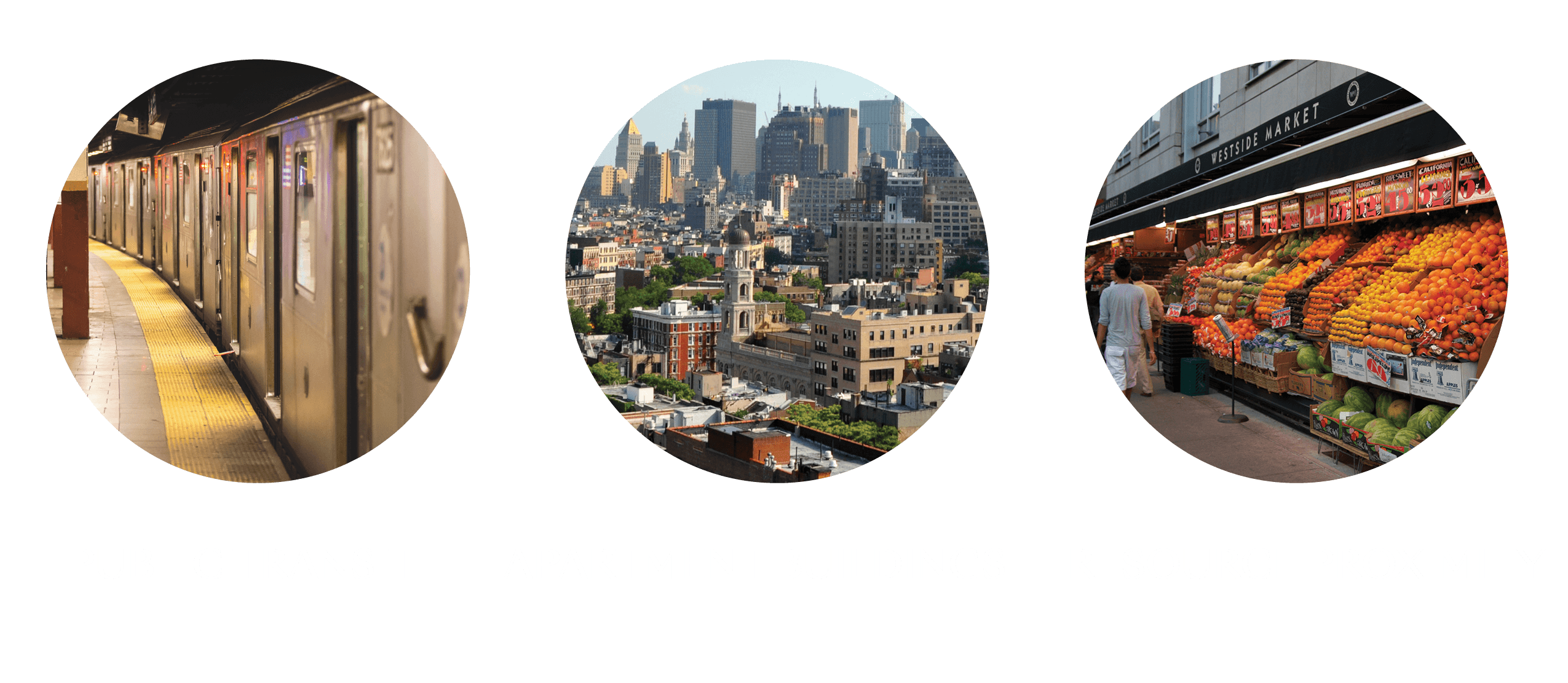
PUBLIC TRANSIT: While around 90 percent of American households own at least one car, that number is 23 percent for Manhattan. Fewer cars generally means fewer carbon emissions, and that less land has to be put aside for parking.
APARTMENT BUILDINGS: Cities take up less space per person. Sharing walls, floors and ceilings between households reduces energy costs significantly, and since city homes have no lawns, they waste less water too.
RESOURCE PROXIMITY: Consider the grocery store: in the city, there are typically multiple grocery stores in walking distance from any home. Outside the city, residents sometimes drive several miles just to pick up necessities.
Sources: “Six Ways Dense Cities are Better for the Environment” Cody Fenwick, Care2 Network.


Learn about Maya Lin’s fifth and final memorial: a multi-platform science based artwork that presents an ecological history of our world - past, present, and future.

Discover ecological histories and stories of former abundance, loss, and recovery on the map of memory.

Learn how we can reduce our emissions and protect and restore species and habitats – around the world.

See how art can help us rethink the problems we face, and give us hope that each one of us can make a difference.

Help make a global memorial something personal and close to home. Share your stories of the natural world.